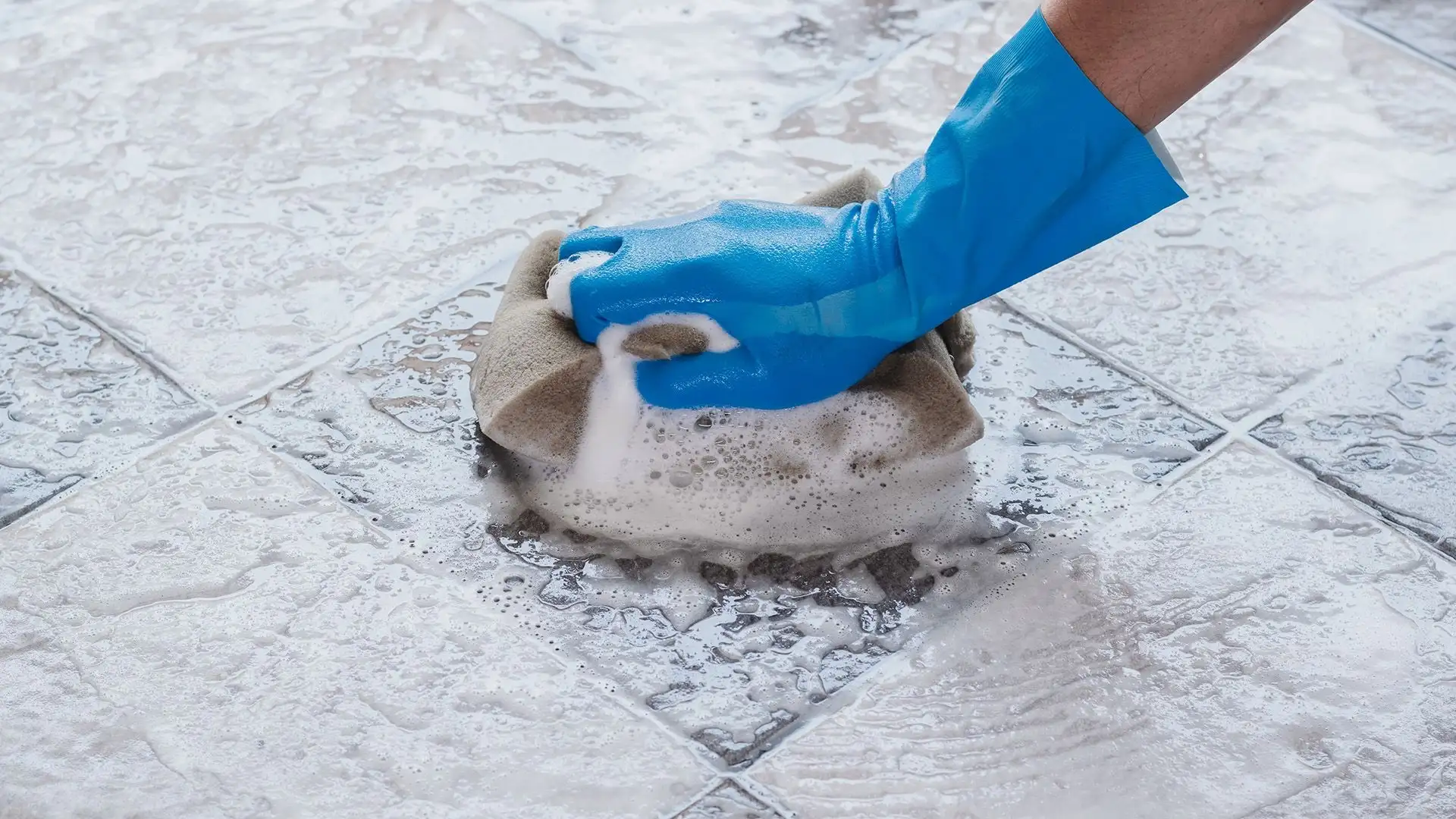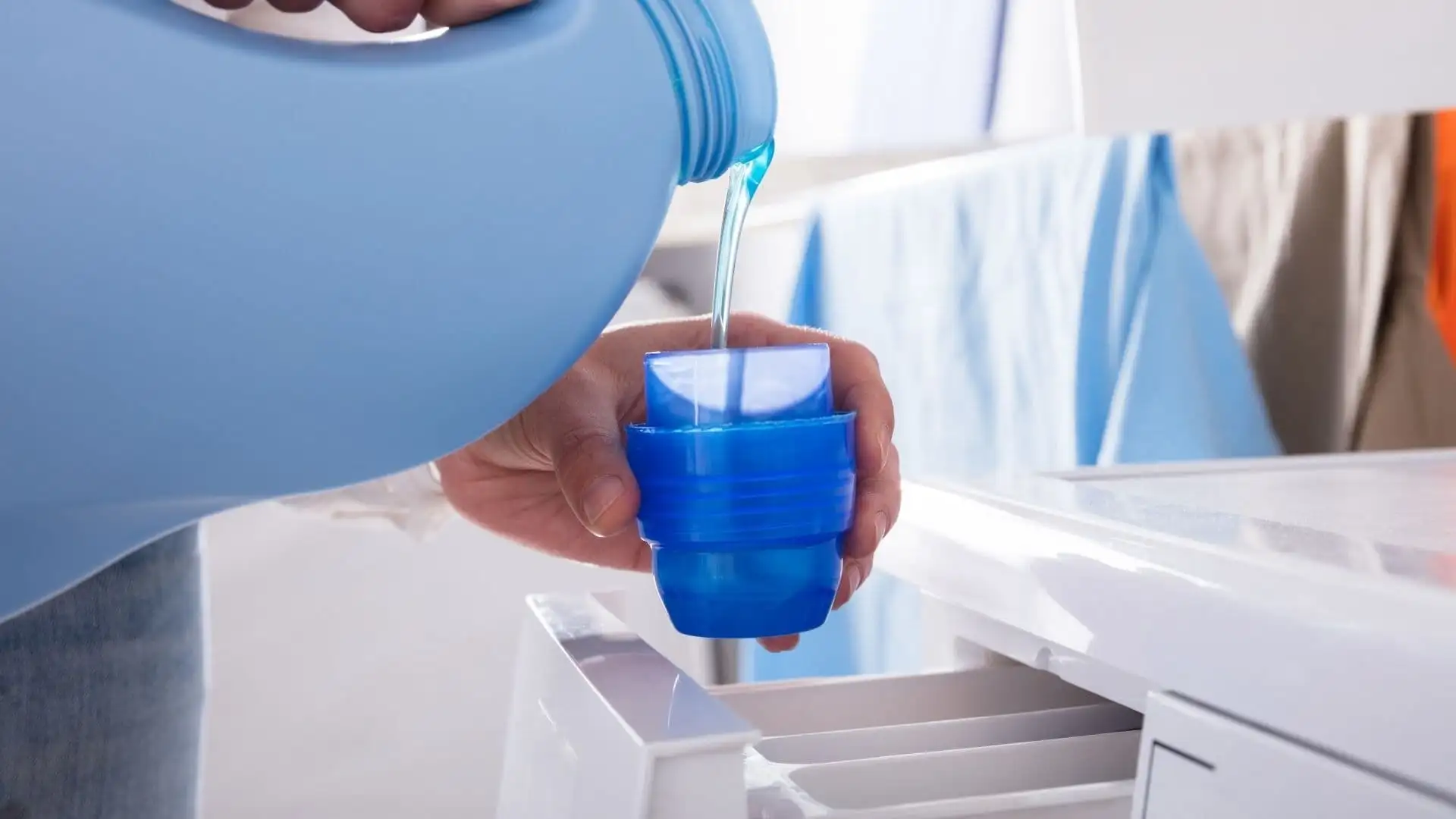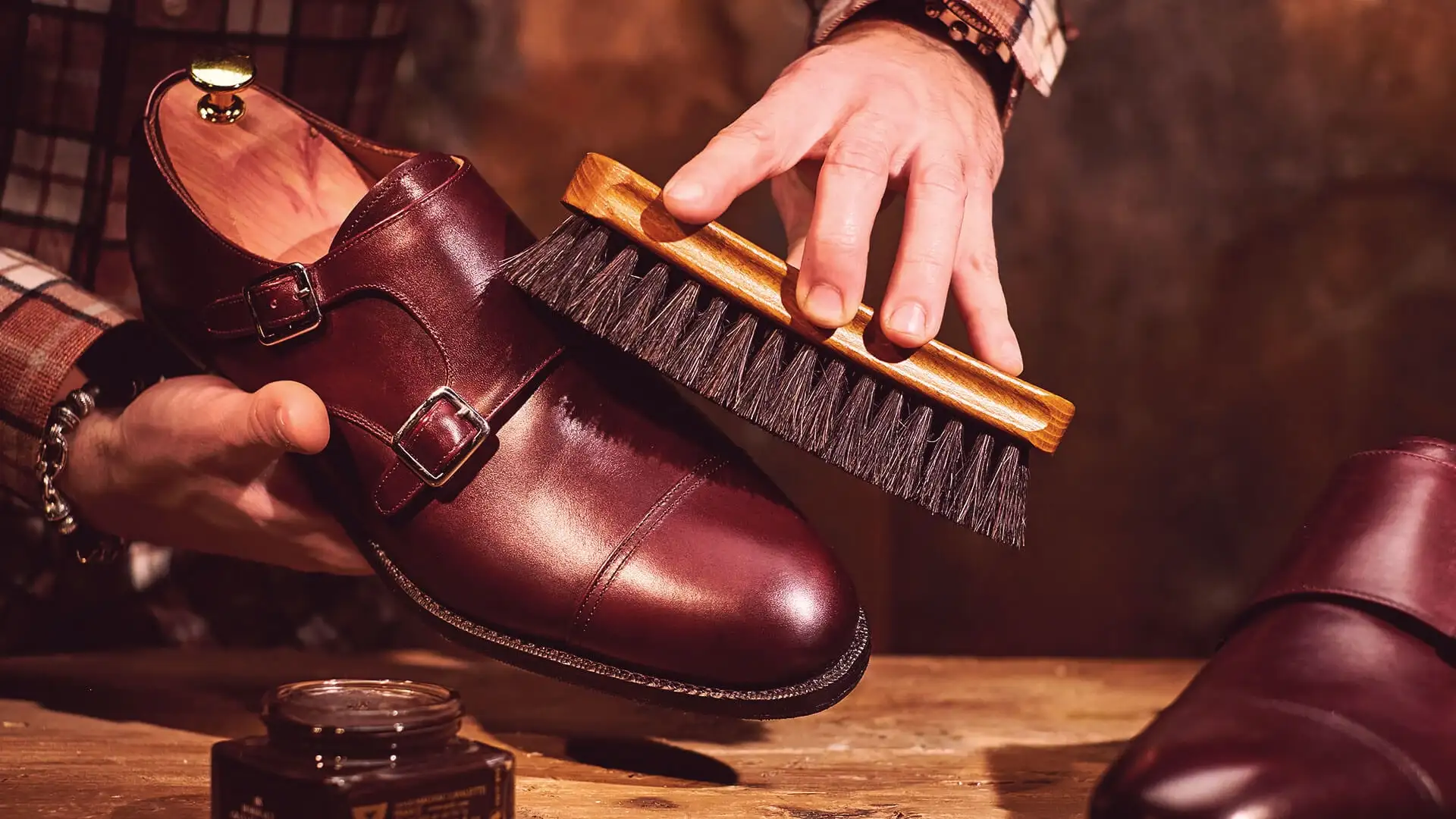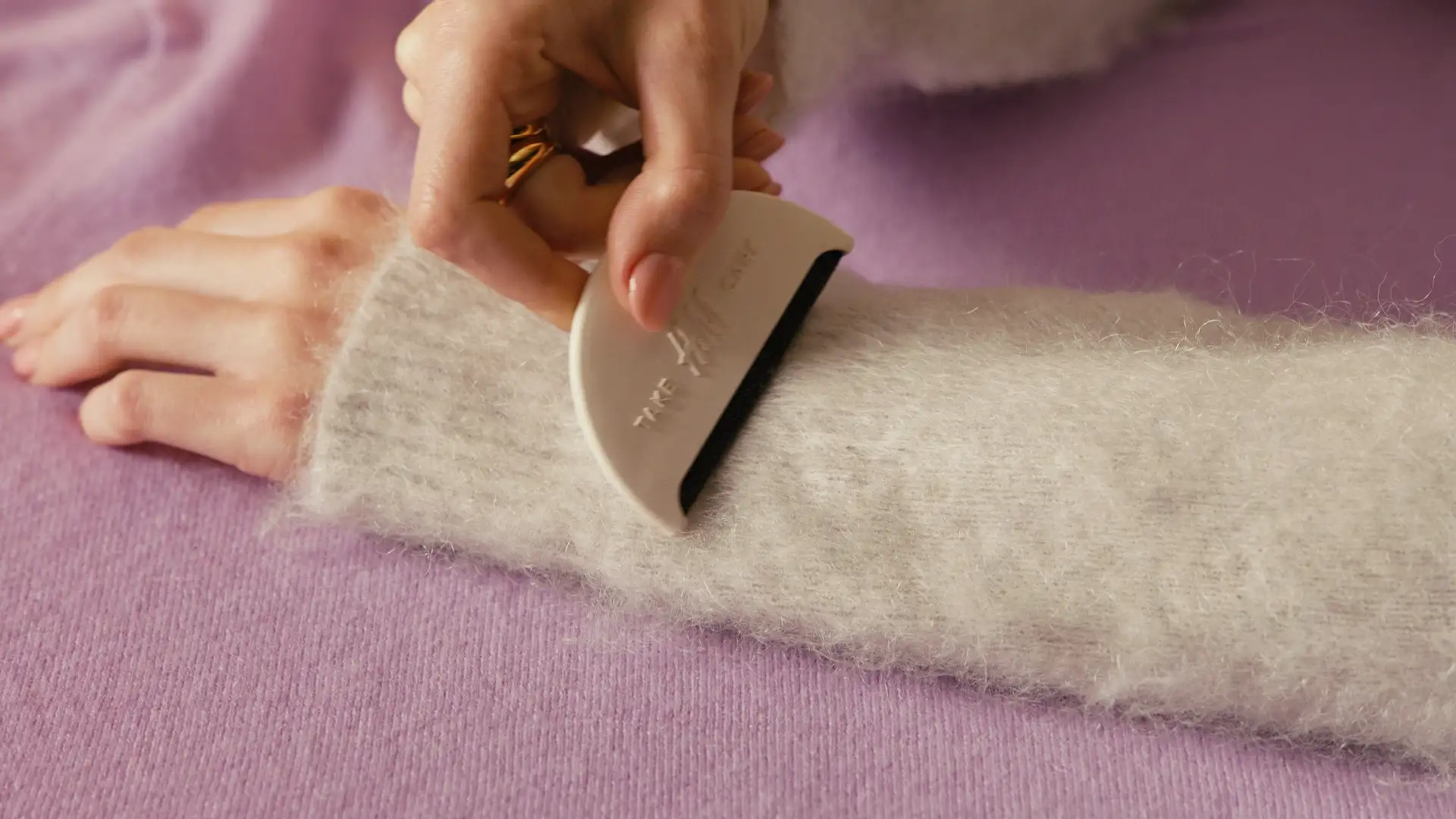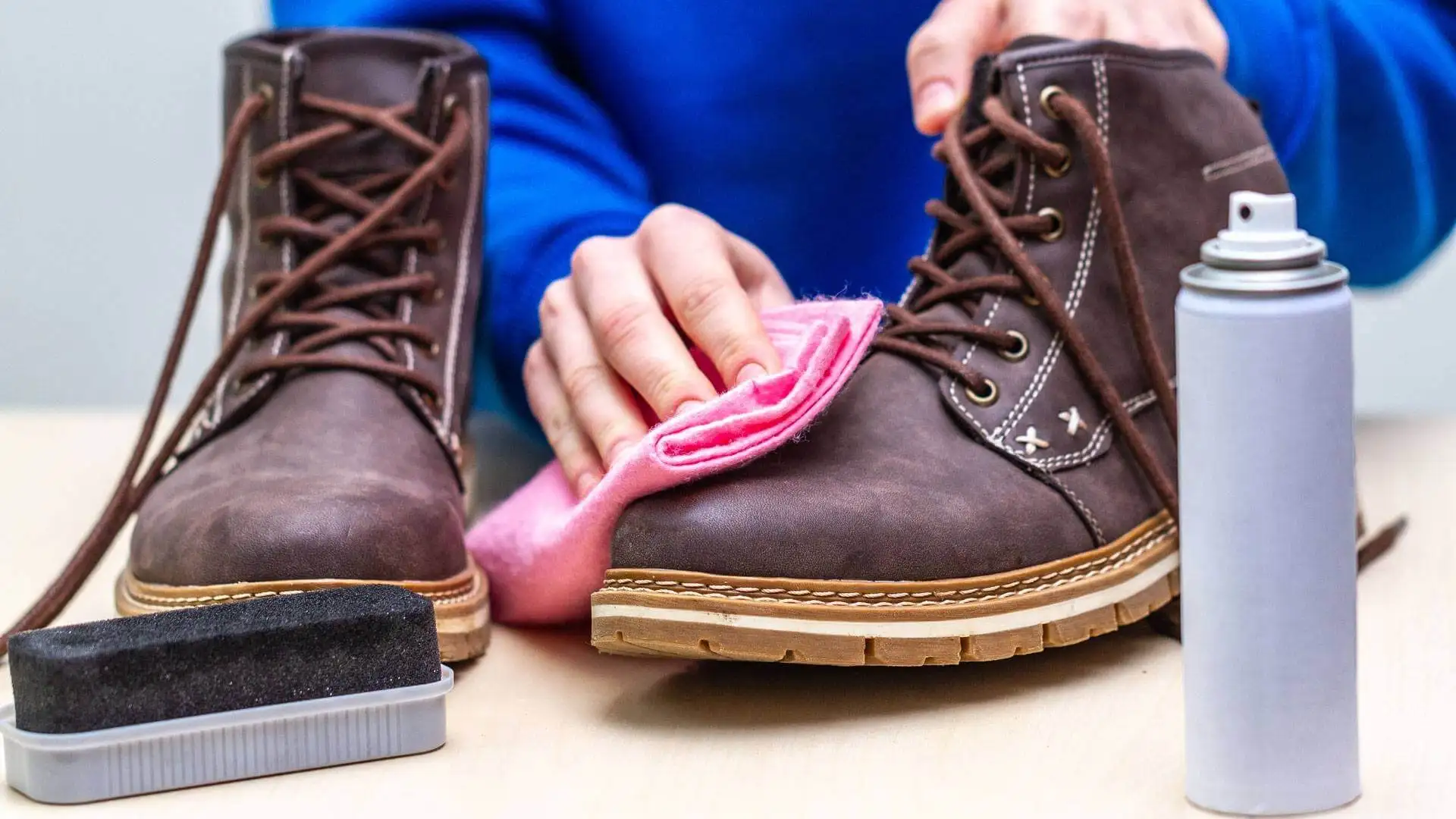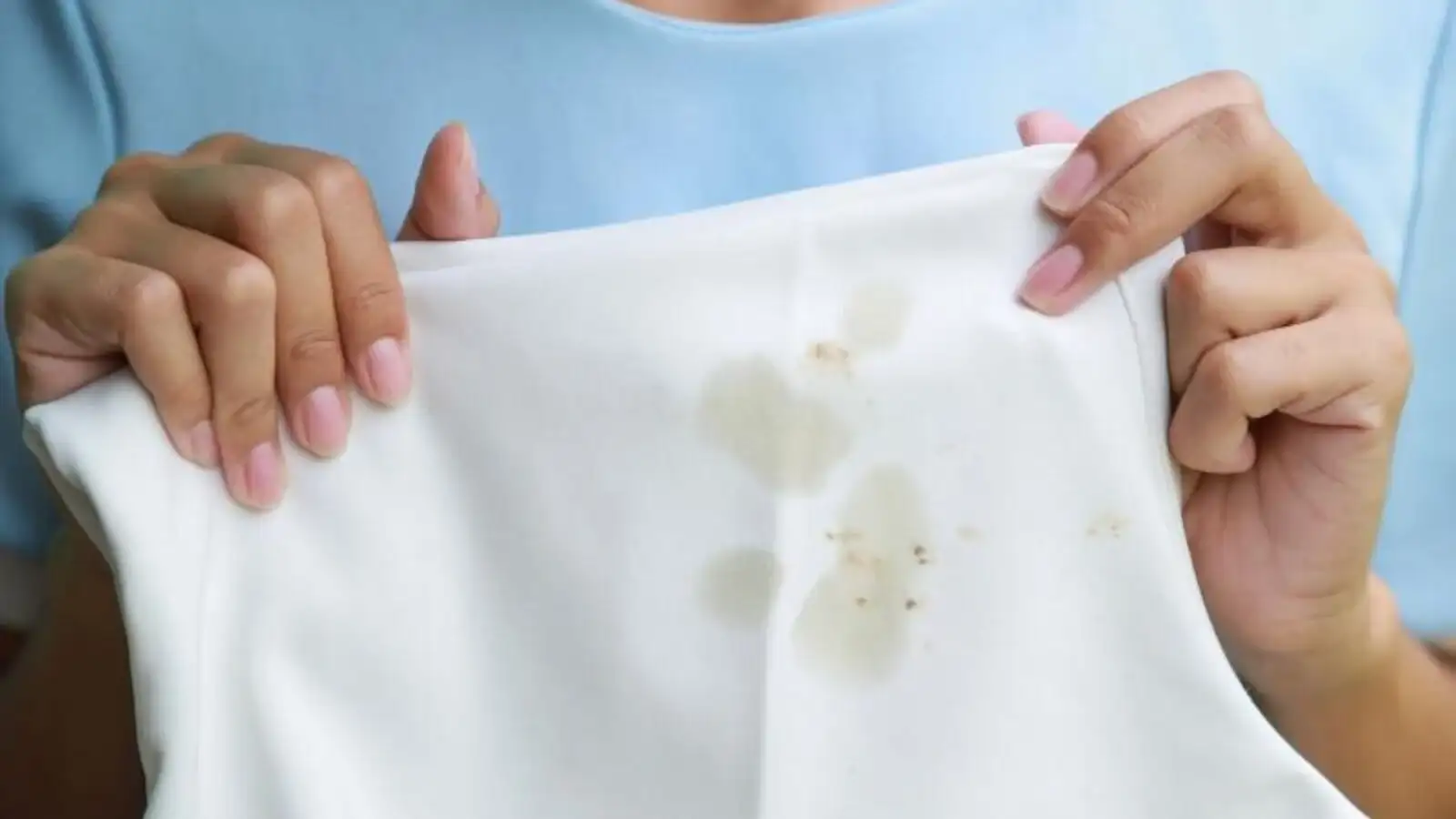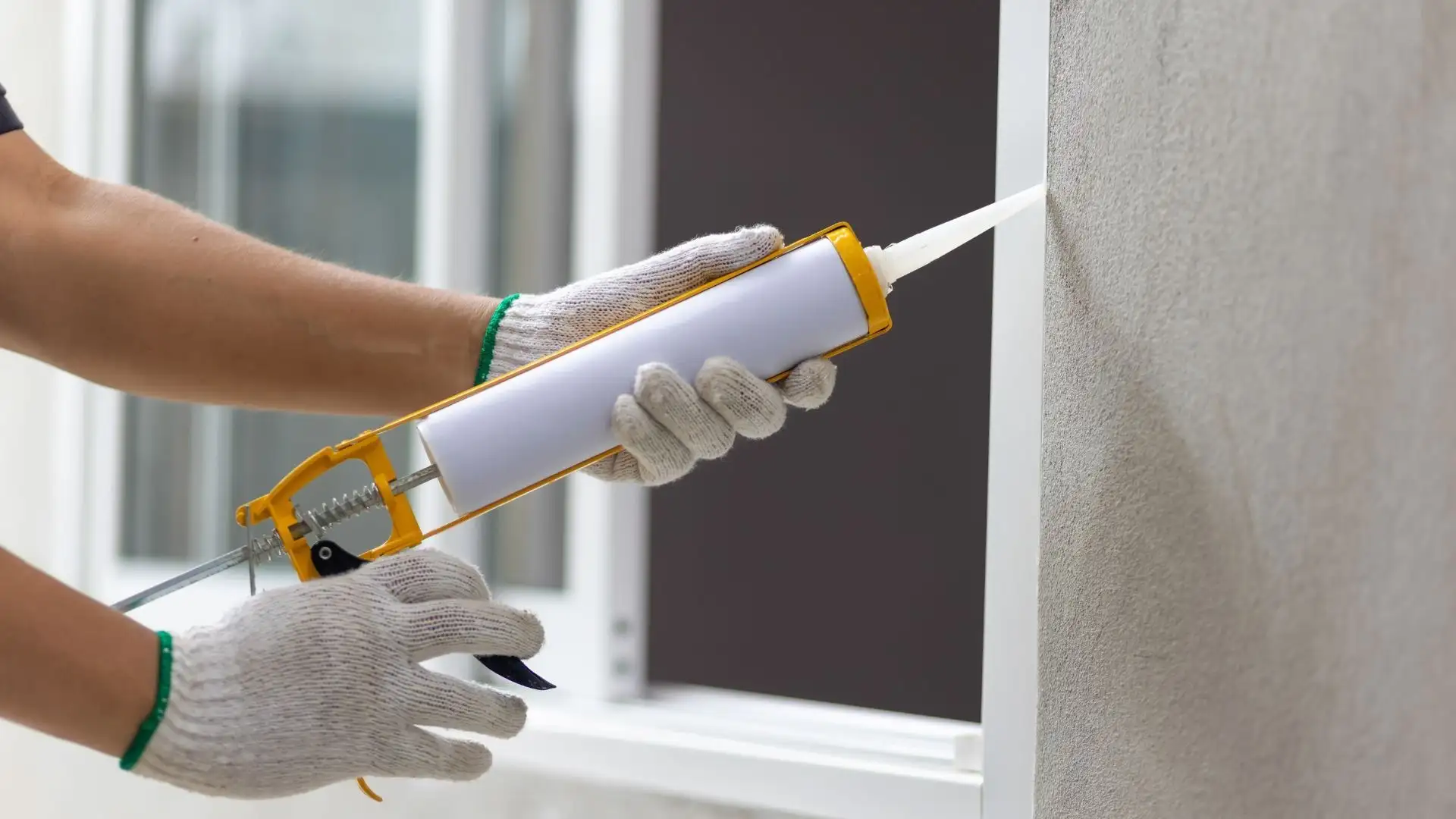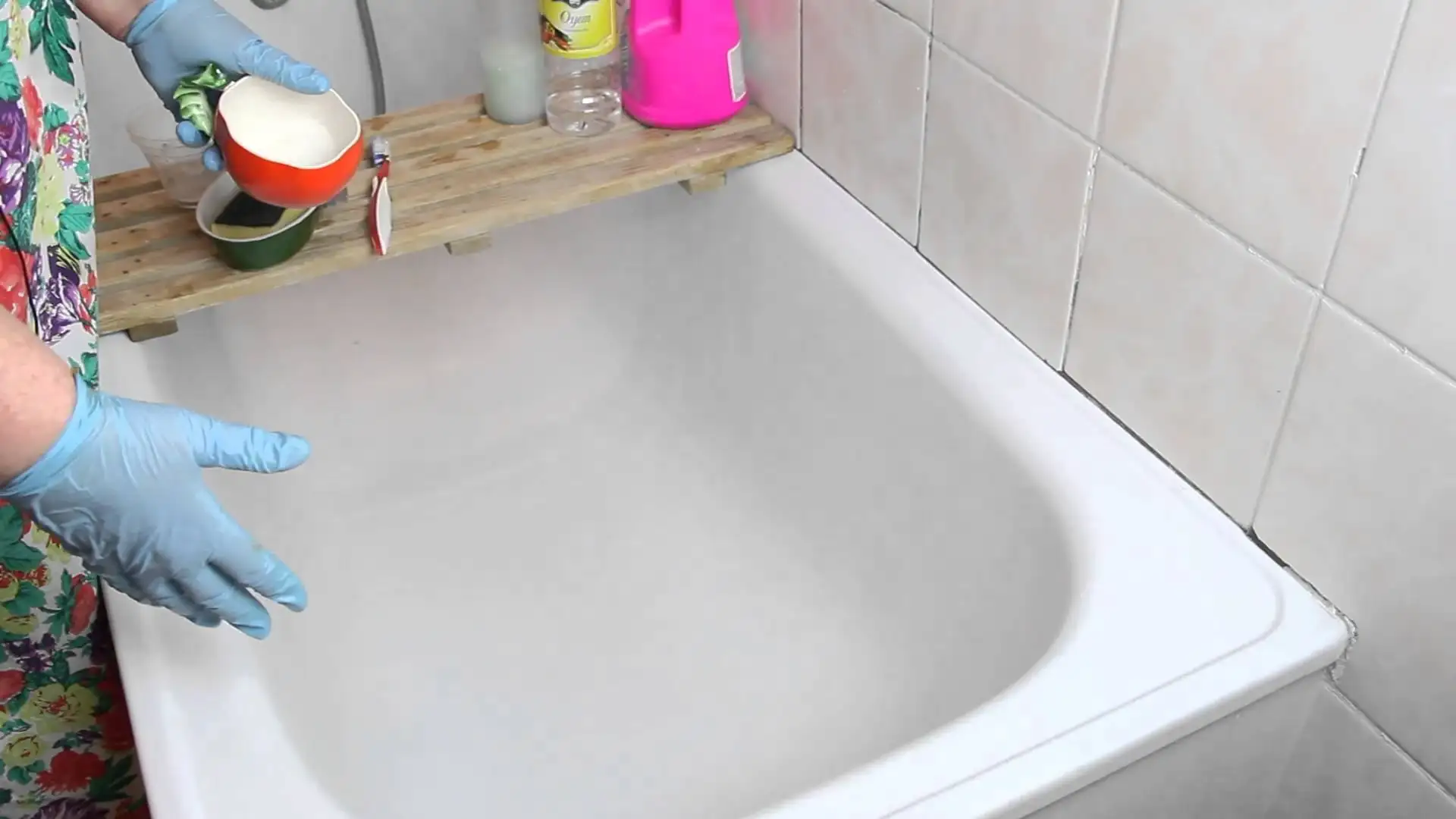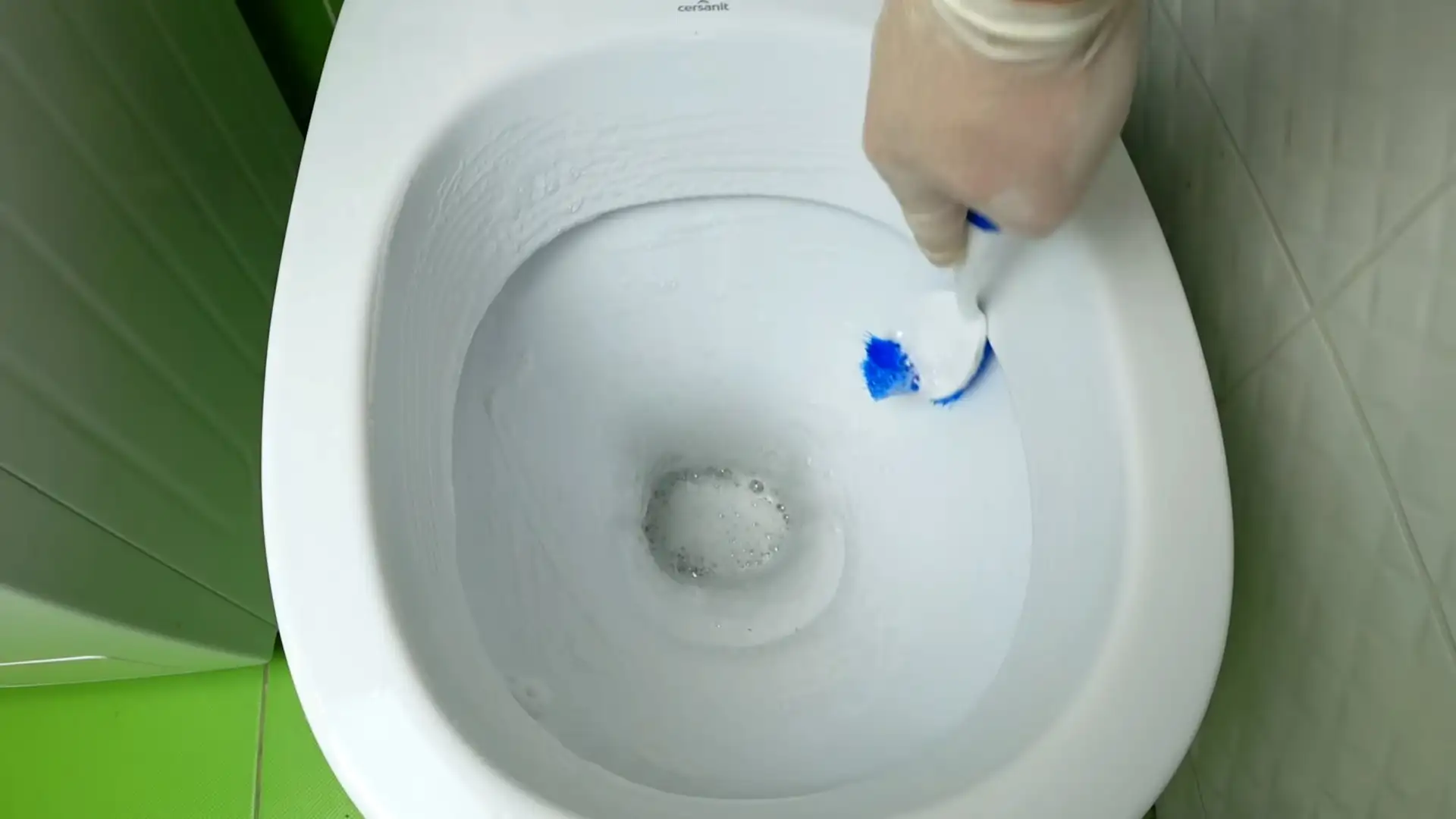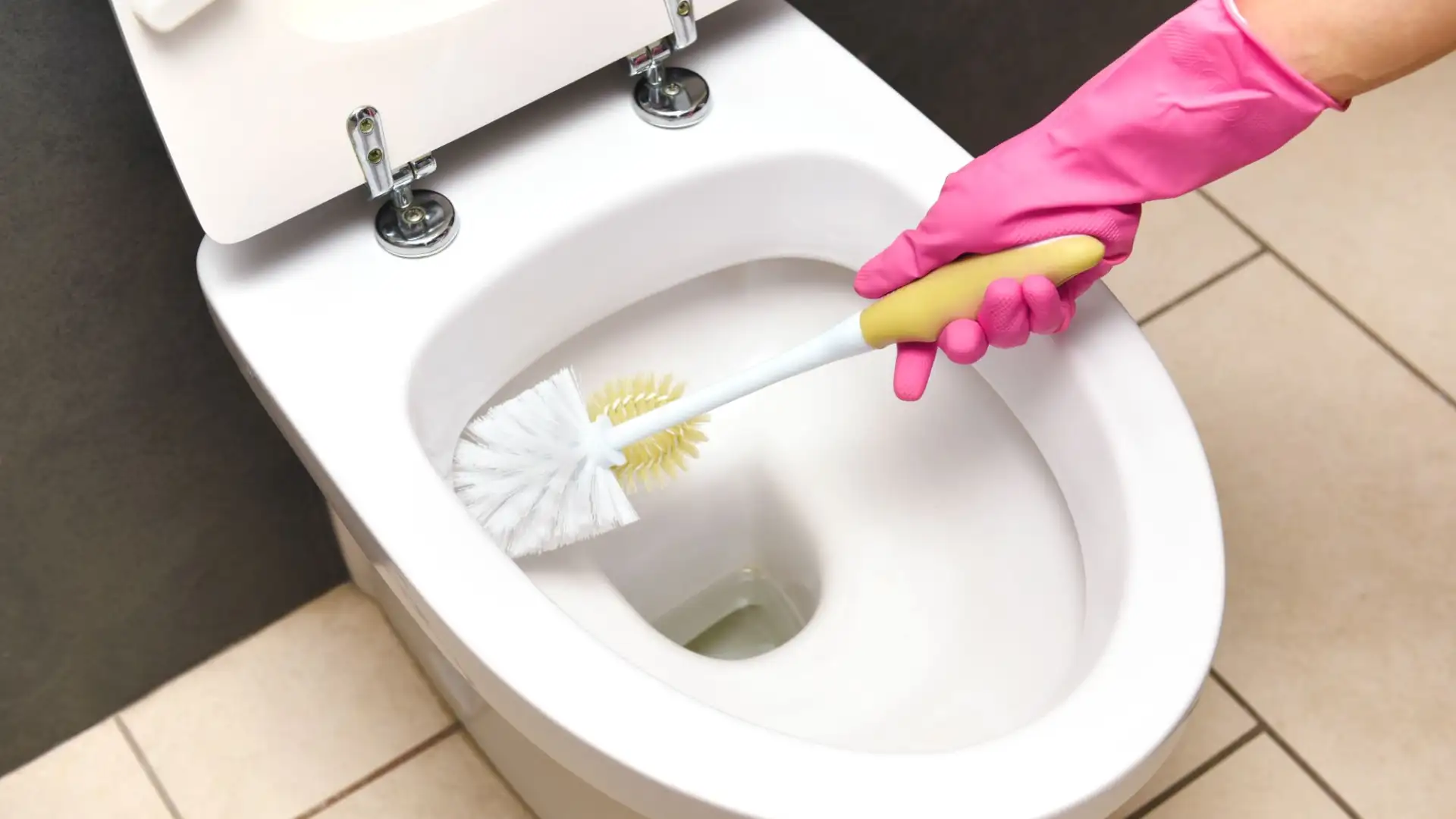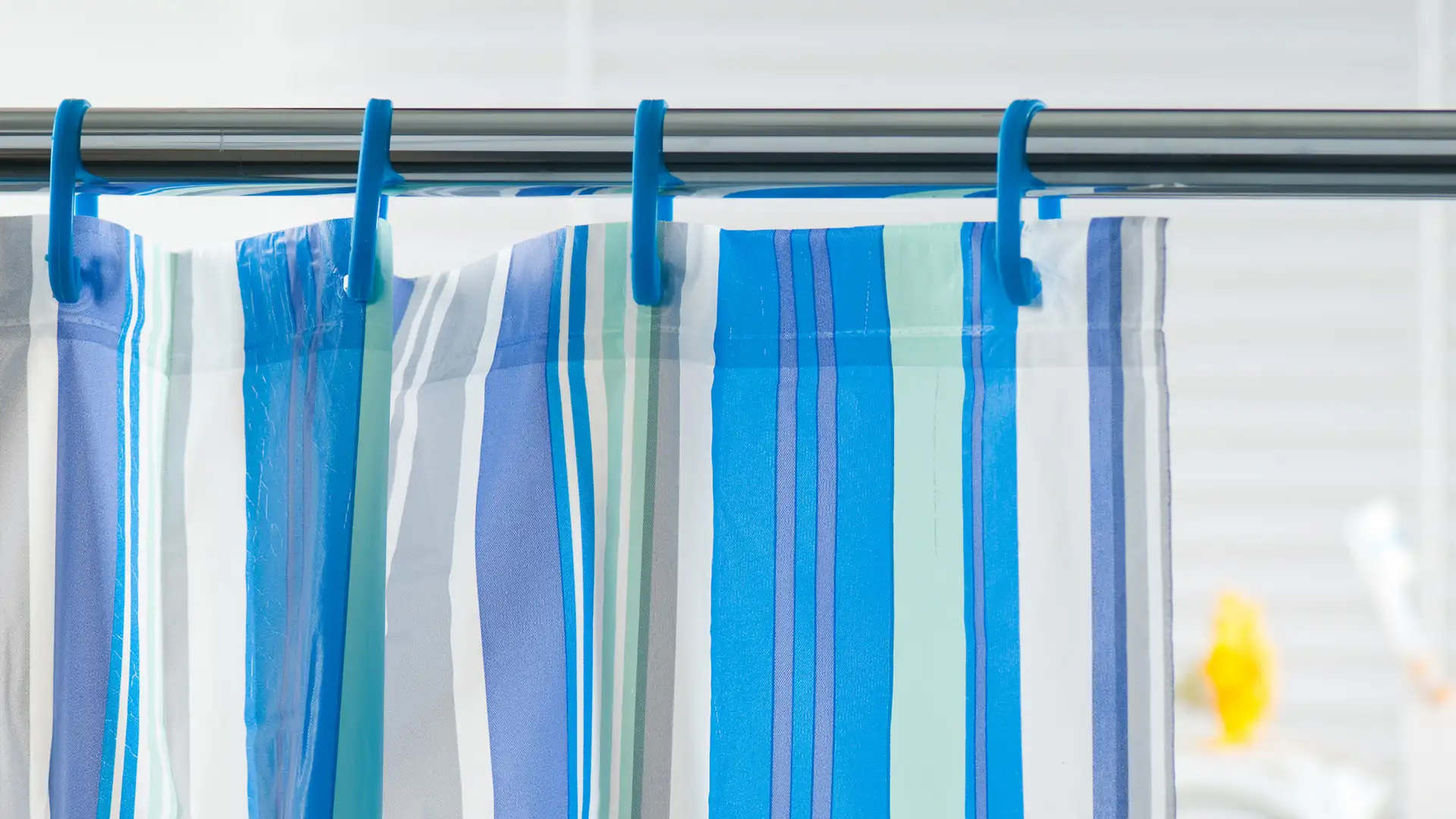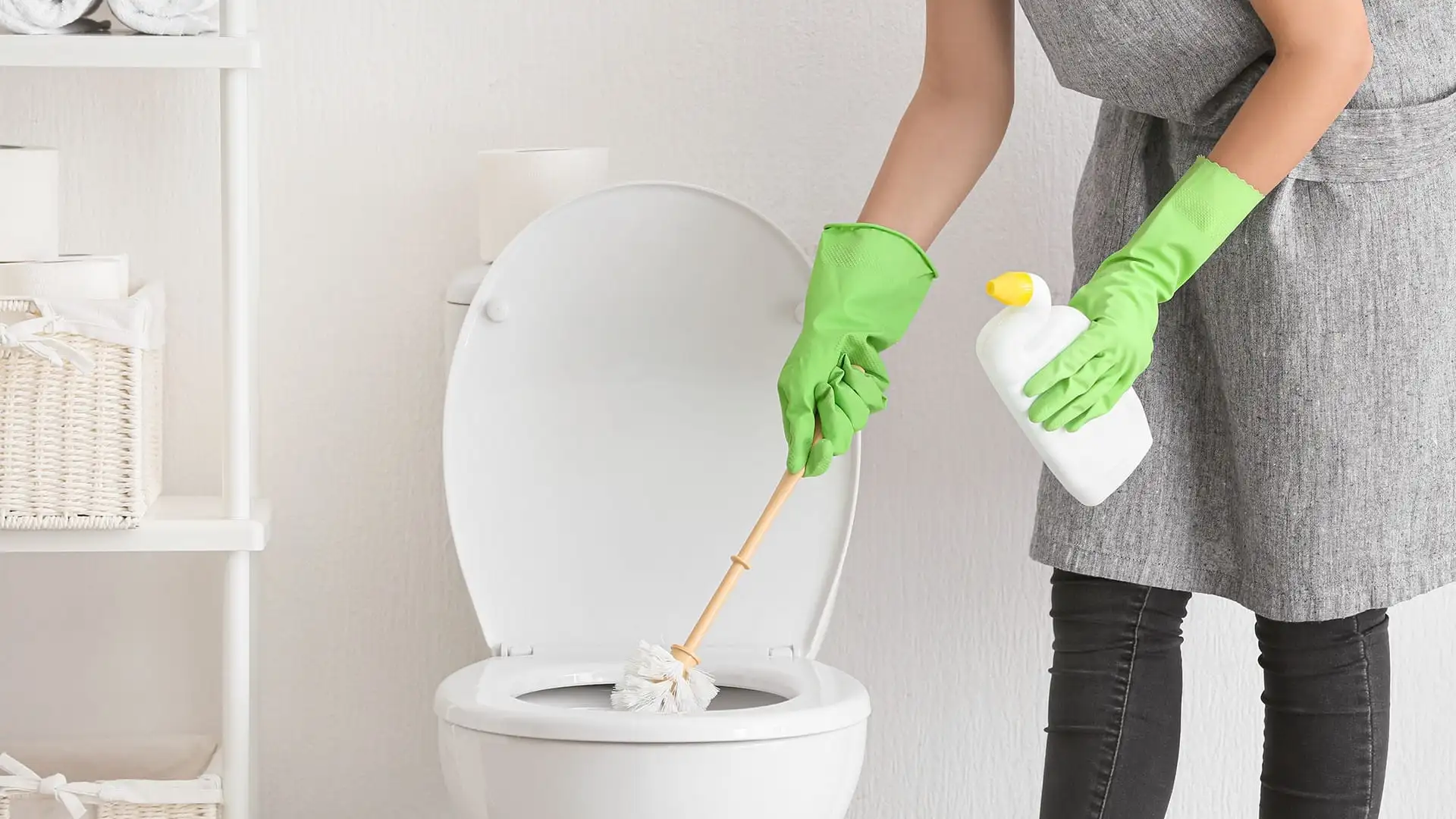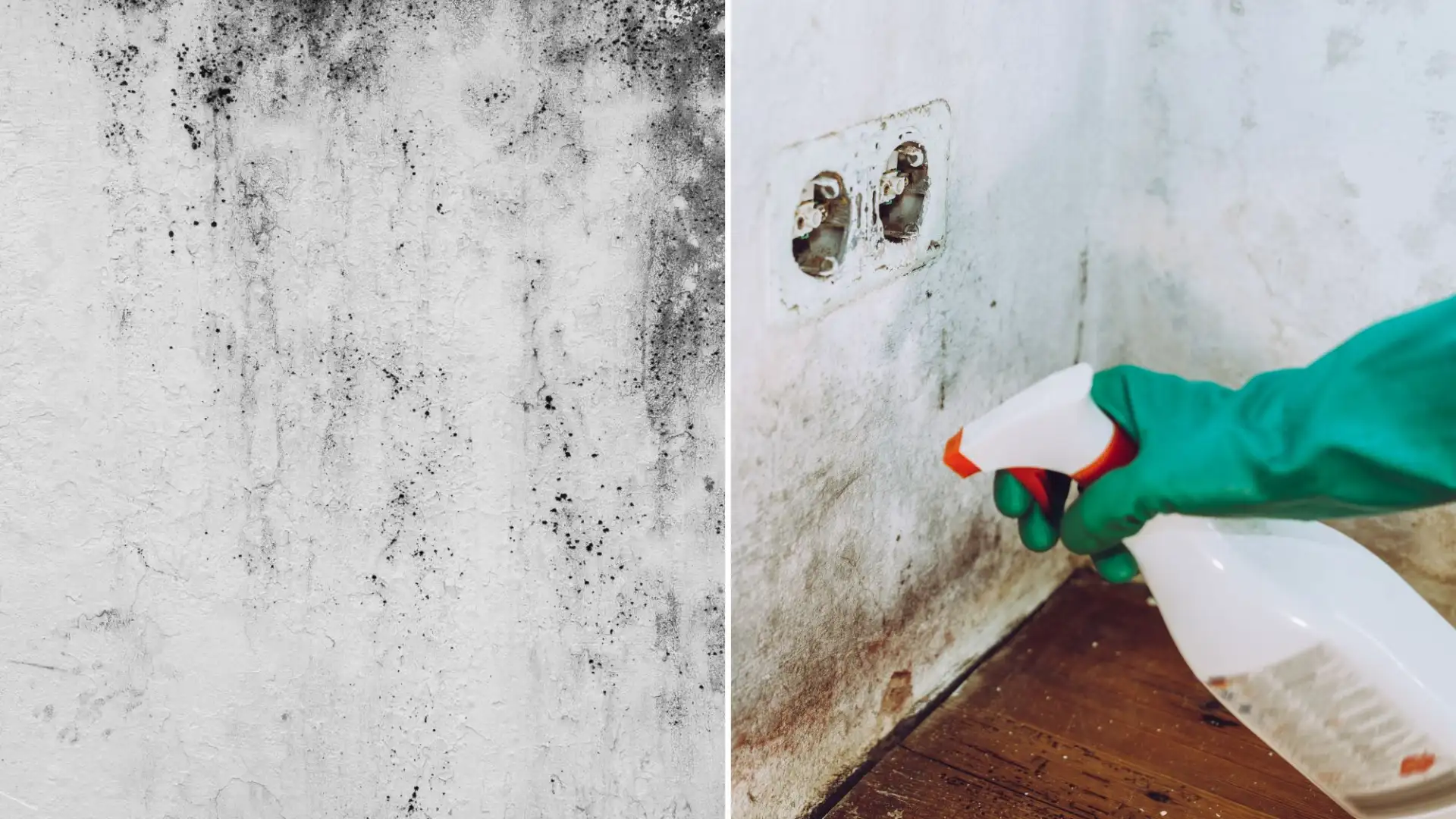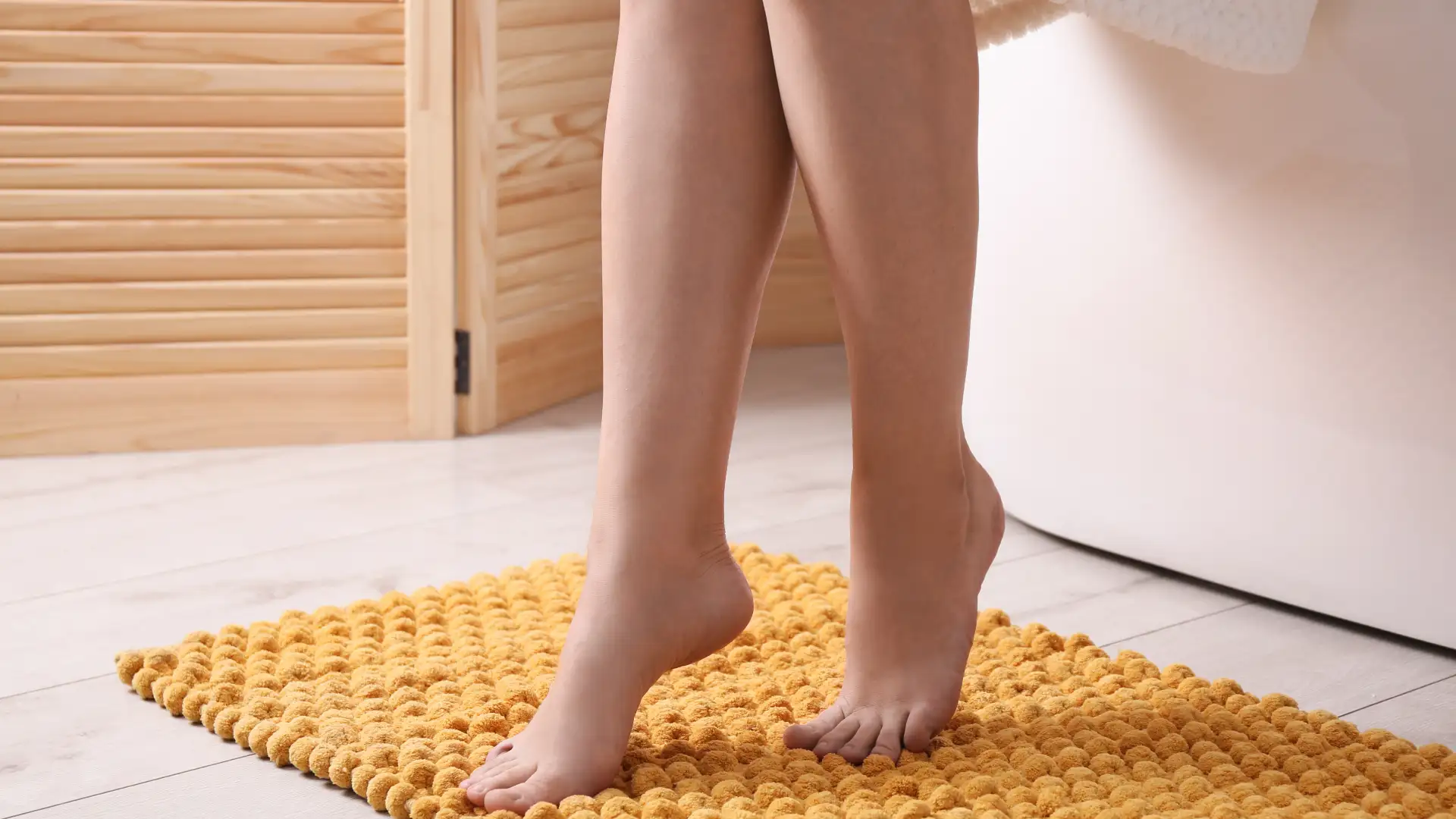Keeping your tiles and grout clean can significantly enhance the appearance of any room. Grout, in particular, is porous and can easily trap dirt, grime, and mold. Regular cleaning not only improves aesthetics but also helps maintain a hygienic environment. In this comprehensive guide, we will explore various methods and techniques for cleaning tiles and grout, addressing common challenges and providing tips for maintaining their cleanliness over time.
Understanding Tile and Grout
Before diving into cleaning methods, it's essential to understand the materials you're working with. Tiles are generally made of ceramic, porcelain, or natural stone, each with its unique properties. Grout, on the other hand, is a cementitious material used to fill the gaps between tiles. Its porosity makes it susceptible to staining and discoloration.
Cleaning Supplies
Gather the following supplies before you begin cleaning:
- A stiff-bristled brush: This is ideal for scrubbing away stubborn dirt and grime.
- A soft-bristled brush: Use this for delicate surfaces and to prevent scratching.
- A bucket: For mixing cleaning solutions.
- Microfiber cloths: For wiping down surfaces and drying.
- Rubber gloves: To protect your hands from harsh chemicals.
- Cleaning agents: Choose appropriate cleaning agents based on the type of tile and grout. Options include all-purpose cleaners, grout cleaners, bleach, and vinegar.
Step-by-Step Cleaning Process
- Prepare the area: Remove any items from the area you're cleaning.
- Sweep or vacuum: Remove loose dirt and debris from the floor.
- Mix your cleaning solution: Follow the instructions on your chosen cleaning agent. For a natural option, create a solution of equal parts white vinegar and water.
- Apply the solution: Using a spray bottle, apply the cleaning solution to a small section of the tiles and grout.
- Scrub: Use a stiff-bristled brush to scrub the tiles and grout, paying special attention to areas with heavy buildup.
- Rinse: Rinse the area thoroughly with clean water.
- Dry: Use a microfiber cloth to dry the tiles and grout.
Cleaning Specific Types of Grime
- Soap scum: For soap scum buildup, use a mixture of equal parts white vinegar and water.
- Mold and mildew: A bleach solution can effectively kill mold and mildew. However, ensure proper ventilation when using bleach.
- Hard water stains: A commercial descaler can help remove hard water stains.
Preventing Future Buildup
- Regular cleaning: Clean your tiles and grout regularly to prevent dirt and grime from building up.
- Grout sealer: Apply a grout sealer to protect your grout from stains and moisture.
- Use a shower door: A shower door can help keep water off your tiles and grout, reducing the risk of mold and mildew growth.
- Use a squeegee: After showering, use a squeegee to remove excess water from the tiles and grout.
By following these steps and using the right cleaning products, you can keep your tiles and grout looking their best for years to come. Remember to always test any new cleaning product on a small, inconspicuous area first to ensure it doesn't damage your tiles. With proper care and maintenance, your tiled surfaces will remain a beautiful and hygienic feature of your home.
Cleaning Methods
- Regular Cleaning:
- Sweep or vacuum the floor to remove loose dirt and debris.
- Mop the floor with a mild all-purpose cleaner and warm water.
- Pay close attention to grout lines, using a soft-bristled brush to scrub away any dirt or grime.
- Deep Cleaning:
- Grout cleaner: Apply a grout cleaner to the grout lines and allow it to dwell for the recommended time. Scrub with a grout brush, then rinse thoroughly.
- Bleach solution: For heavily soiled grout, create a bleach solution by mixing bleach with water. Apply the solution to the grout, let it sit for a few minutes, and then scrub. Note: Always wear gloves and ensure proper ventilation when using bleach.
- Hydrogen peroxide: For a natural alternative to bleach, use a hydrogen peroxide solution to clean grout.
- Baking soda paste: Create a paste by mixing baking soda with water. Apply the paste to stubborn stains and scrub gently.
- Preventing Mold and Mildew:
- Improve ventilation in your bathroom or kitchen.
- Use an exhaust fan during showers or while cooking.
- Dry the floor thoroughly after cleaning.
Maintaining Clean Tiles and Grout
- Regular cleaning: The key to maintaining clean tiles and grout is regular cleaning.
- Seal grout: Sealing grout can help prevent stains and make cleaning easier.
- Use a doormat: Place a doormat at the entrance to trap dirt and debris.
- Avoid harsh chemicals: Harsh chemicals can damage tiles and grout.
What should you use to clean tiles and grout?
Hook: Begin with a relatable scenario, such as a homeowner struggling with discolored grout or a renter trying to restore a bathroom to its original shine.
Thesis statement: Clearly state the purpose of the article, which is to provide a comprehensive guide to cleaning tiles and grout effectively.
Overview: Briefly outline the topics that will be covered, such as common cleaning products, natural alternatives, and step-by-step cleaning procedures.
Section 1: Understanding Tiles and Grout
- Types of tiles: Ceramic, porcelain, natural stone, etc.
- Grout materials: Cementitious, epoxy, and their properties.
- Common stains and buildup: Soap scum, mold, mildew, and mineral deposits.
- Importance of regular cleaning: Prevents damage, maintains appearance, and promotes hygiene.
Section 2: Choosing the Right Cleaning Products
- Commercial cleaners: Discuss the pros and cons of various commercial tile and grout cleaners, including their ingredients and effectiveness.
- Natural cleaners: Explore the use of natural ingredients like vinegar, baking soda, and hydrogen peroxide for cleaning tiles and grout.
- DIY cleaning solutions: Provide recipes for homemade cleaning solutions tailored to different types of stains and surfaces.
- Factors to consider: Consider factors such as the severity of the stain, the type of tile and grout, and any specific cleaning instructions from the manufacturer.
Section 3: Step-by-Step Cleaning Process
- Preparation: Gather necessary supplies, protect surrounding areas, and wear appropriate protective gear.
- Pre-cleaning: Remove loose dirt and debris with a broom or vacuum.
- Applying the cleaning solution: Demonstrate how to apply the chosen cleaning solution to the tiles and grout, allowing it to dwell for the recommended time.
- Scrubbing: Use a brush or scrub brush to agitate the cleaning solution and loosen stubborn stains.
- Rinsing: Thoroughly rinse the area with clean water to remove any residue.
- Drying: Dry the tiles and grout with a microfiber cloth or squeegee.
Section 4: Preventing Future Stains and Buildup
- Regular cleaning: Emphasize the importance of routine cleaning to prevent the buildup of dirt and grime.
- Sealing grout: Explain the benefits of sealing grout to protect it from stains and moisture.
- Using a shower door squeegee: Recommend using a squeegee after each shower to remove excess water and prevent soap scum buildup.
- Choosing the right cleaning products for daily maintenance: Suggest mild, all-purpose cleaners for regular cleaning.
Conclusion
- Recap: Summarize the key points covered in the article.
- Call to action: Encourage readers to share their own tile and grout cleaning tips in the comments section.
- Final thoughts: Reinforce the importance of proper tile and grout care for maintaining a clean and beautiful home.
5 essential tips for cleaning tiles and grout
Keeping your tiles and grout clean can significantly enhance the look of your bathroom, kitchen, or any tiled area in your home. Over time, grout can become discolored and accumulate grime, making your tiles appear dull and dirty. With the right cleaning techniques and products, you can restore your tiles and grout to their original shine. In this article, we'll explore five essential tips for effectively cleaning tiles and grout, including the use of natural cleaning agents, grout cleaning tools, and preventive measures to maintain a sparkling clean surface.
Tip 1: Choose the Right Cleaning Products
Selecting the appropriate cleaning products is crucial for achieving satisfactory results. Harsh chemicals can damage both your tiles and grout, so it's best to opt for mild and natural cleaners. Natural grout cleaner, non-toxic tile cleaner, and eco-friendly bathroom cleaning products are excellent choices. These products are gentle on surfaces and effectively remove dirt and grime without leaving behind harmful residues. Additionally, a soft-bristled brush or old toothbrush is ideal for scrubbing grout lines.
Tip 2: Create a Cleaning Solution
To create a homemade cleaning solution, combine equal parts white vinegar and warm water. Vinegar is a natural disinfectant and can help remove stubborn stains and mineral deposits. For tougher stains, you can add a small amount of baking soda to create a paste. Apply the cleaning solution to the tiles and grout using a sponge or cloth, and allow it to sit for a few minutes to penetrate the surface.
Tip 3: Scrub the Grout Lines
Using a grout brush or old toothbrush, scrub the grout lines vigorously to remove dirt and grime. Pay close attention to areas where mold or mildew may have formed. Grout brush is a specific tool designed for cleaning grout lines, while an old toothbrush can be used for smaller areas or tight spaces. For stubborn stains, you may need to repeat the scrubbing process.
Tip 4: Rinse Thoroughly
Once you have scrubbed the tiles and grout, rinse the area thoroughly with clean water to remove any remaining cleaning solution and dirt. A showerhead or hose can be used for this purpose. Ensure that all traces of the cleaning solution are removed, as residue may leave streaks or water spots on the tiles.
Tip 5: Prevent Future Stains
To prevent future stains and keep your tiles and grout looking their best, it's essential to take preventive measures. Regular cleaning is key to maintaining a clean and hygienic tiled surface. Additionally, using a shower squeegee after each shower can help prevent water spots and mildew growth. Grout sealer can also be applied to protect the grout from stains and moisture.
By following these five essential tips, you can effectively clean your tiles and grout and restore their original shine. Remember to choose the right cleaning products, create a homemade cleaning solution, scrub the grout lines, rinse thoroughly, and take preventive measures. With regular cleaning and proper maintenance, your tiles and grout will remain beautiful for years to come.
Tile and grout cleaning tips
Before you dive into cleaning, it's crucial to understand the specific type of tile and grout you have. Different materials require different cleaning methods. Ceramic tiles, for instance, are generally more durable than natural stone tiles. Grout, the material that fills the gaps between tiles, can be porous and susceptible to stains.
Essential Cleaning Tools and Products
To effectively clean your tile and grout, you'll need the right tools and products. A soft-bristled brush, a stiff-bristled scrub brush, a bucket, a mop, and a squeegee are essential. For cleaning solutions, you can use a mixture of warm water and mild dish soap, a commercial tile cleaner, or a homemade solution of white vinegar and water. Avoid abrasive cleaners that can scratch your tiles.
Step-by-Step Cleaning Process
- Prepare the area: Remove any rugs, mats, or furniture from the area you're cleaning.
- Sweep or vacuum: Remove loose dirt, debris, and hair from the tile surface.
- Mix your cleaning solution: Follow the instructions on your chosen cleaning product or create a homemade solution.
- Apply the solution: Using a mop or sponge, apply the cleaning solution to a small section of the tile and grout.
- Scrub: Use a soft-bristled brush to scrub the tiles and grout, paying special attention to areas with heavy staining. For stubborn stains, you may need to use a stiff-bristled scrub brush.
- Rinse: Thoroughly rinse the area with clean water to remove any soap residue.
- Dry: Use a squeegee to remove excess water and allow the area to air dry.
Tackling Grout Lines
Grout lines can be especially challenging to clean because they are porous and can trap dirt and grime. To effectively clean grout lines, you may need to use a grout brush or a grout cleaning tool. For stubborn stains, consider using a grout pen or a grout sealer. Grout sealers can help protect your grout from future stains and make it easier to clean.
Preventing Future Stains and Damage
To keep your tile and grout looking their best, it's important to prevent future stains and damage. Here are some tips:
- Regular cleaning: Clean your tile and grout regularly to prevent dirt and grime from building up.
- Quick cleanup: Clean up spills and messes as soon as they occur.
- Use a doormat: Place a doormat at each entrance to your home to help trap dirt and debris.
- Avoid harsh chemicals: Avoid using harsh chemicals that can damage your tile and grout.
- Seal your grout: Seal your grout to protect it from stains and moisture.
Cleaning bathroom tiles
Keeping your bathroom tiles clean is not just about aesthetics; it's also a matter of hygiene. Tiles, being porous, can harbor bacteria and mold, especially in damp environments like bathrooms. Regular cleaning not only makes your bathroom look fresh and inviting but also helps maintain a healthy living space.
Choosing the Right Cleaning Products
The type of cleaner you use will depend on the material of your tiles. For ceramic and porcelain tiles, a mild detergent and warm water are usually sufficient. However, for natural stone tiles like marble or granite, you'll need a pH-neutral cleaner to prevent etching. Avoid abrasive cleaners, as they can scratch the surface.
Tackling Grout Lines
Grout lines are notorious for accumulating dirt, mold, and mildew. A grout brush is a must-have tool for this task. You can create a cleaning solution by mixing equal parts white vinegar and water. Apply this solution to the grout lines, let it sit for a few minutes, and then scrub with the grout brush. For tougher stains, consider using a commercial grout cleaner.
Dealing with Mold and Mildew
Mold and mildew can be a persistent problem in bathrooms, especially in areas with poor ventilation. To prevent mold and mildew growth, ensure your bathroom is well-ventilated. For existing mold and mildew, use a bleach-based cleaner or a commercial mold and mildew remover. Always wear gloves and ensure proper ventilation when using bleach-based products.
Natural Cleaning Alternatives
If you prefer a more natural approach, there are several DIY cleaning solutions you can try. Baking soda is a gentle abrasive that can help scrub away dirt and grime. A paste made from baking soda and water can be applied to tiles and grout lines. For a more powerful cleaning solution, combine baking soda, hydrogen peroxide, and dish soap.
Preventing Future Buildup
To minimize the frequency of deep cleaning, it's essential to establish a regular cleaning routine. Wipe down tiles and fixtures after each shower to prevent soap scum and hard water buildup. A squeegee can be used to remove excess water from the shower walls.
Tile and grout cleaning maintenance
Tile and grout, often seen as durable and low-maintenance flooring options, require regular cleaning to maintain their appearance and hygiene. Over time, dirt, grime, mold, and mildew can accumulate in the grout lines, leading to discoloration and a less-than-appealing aesthetic. Regular tile and grout cleaning is essential to prevent these issues and extend the lifespan of your tiled surfaces.
The Benefits of Professional Tile and Grout Cleaning
While DIY cleaning methods can be effective, professional tile and grout cleaning offers several advantages. Professional cleaners have the expertise and specialized equipment to deep clean your tiles and grout, removing even the most stubborn stains and grime. They use eco-friendly cleaning solutions that are safe for your family and pets, and they can restore the original shine to your tiles.
Common Challenges Faced with Tile and Grout
- Grout Discoloration: Grout is porous and can easily absorb dirt, oils, and other substances, leading to discoloration and a grimy appearance.
- Mold and Mildew Growth: Damp and humid environments can promote the growth of mold and mildew in grout lines, causing health problems and unpleasant odors.
- Efflorescence: Efflorescence is a white, powdery deposit that can form on the surface of tiles and grout due to the evaporation of water and salts.
- Soap Scum Buildup: Soap scum can accumulate on tiles and grout, leaving a dull and filmy residue.
The Tile and Grout Cleaning Process
A typical tile and grout cleaning process involves the following steps:
- Pre-Inspection: A thorough inspection is conducted to assess the condition of the tiles and grout and identify any specific cleaning challenges.
- Surface Preparation: The area is prepared by removing any loose debris or obstacles.
- Grout Cleaning: A specialized cleaning solution is applied to the grout lines and allowed to dwell for a specific period. The solution helps to break down dirt, grime, and stains.
- Tile Cleaning: The tiles are cleaned using a gentle cleaning solution to remove any surface dirt or residue.
- Grout Sealing: Once the tiles and grout are clean and dry, a grout sealer is applied to protect the grout from future stains and moisture.
Choosing the Right Cleaning Products
When selecting cleaning products for your tiles and grout, consider the following factors:
- Tile and Grout Material: Different materials require different cleaning products. For example, natural stone tiles may require a pH-neutral cleaner.
- Severity of Stains: Stubborn stains may require a stronger cleaning solution.
- Safety: Choose products that are safe for use around children and pets.
DIY vs. Professional Tile and Grout Cleaning
While DIY cleaning can be a cost-effective option, professional cleaning offers several advantages:
- Expertise: Professional cleaners have the knowledge and experience to tackle even the toughest cleaning challenges.
- Specialized Equipment: They use high-quality equipment that can reach deep into grout lines and remove stubborn stains.
- Efficiency: Professionals can complete the cleaning process quickly and efficiently.
